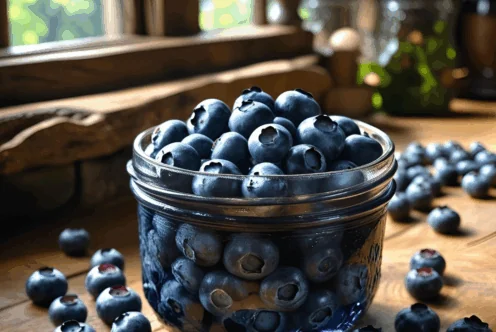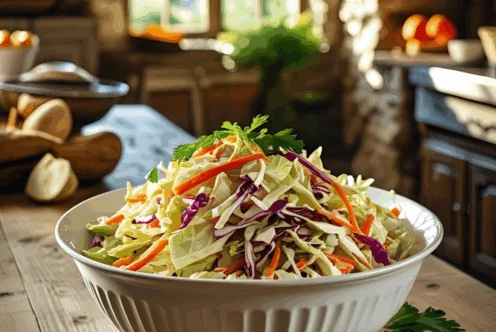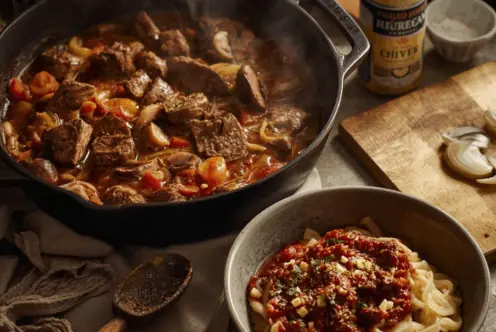Blog
Traditional Composting
By Alexandra Pettit, AZFB Communications Intern
This is part two of the three-part composting series. Traditional composting is the most commonly known type. This is typically a compost pile or bin. This would consist of yard clippings and some types of food waste. Unlike the Bokashi composting method, traditional composting has a couple more rules.
The first thing to always remember is to have your compost pile somewhere that is not where you will be on a daily basis. You want to place it somewhere that you will be able to reach, however, you will not want it near your home as it might smell. I recommend out in your back yard near a shed or in the back corner of your yard.
Having a compost pile gives you more control over what the amount of carbon and nitrogen is being added to your garden. When doing this one needs to make sure that the pile is reaching the proper temperature so that it is able to kill weeds, weed seeds, and diseased or pathogenic-plant tissue. The type of bacteria that break these things down thrive in temperatures ranging from 113 to 160 degrees.
There are many different factors when it comes to traditional composting such as food, air, and moisture. When it comes to food it is important that you get the correct ration of carbon to nitrogen in your compost pile. The ratio is between (C: N) 25:1 and 30:1. Some of these things can include corn stalks, fruit waste, grass clippings, leaves, horse or cow manure, paper, sawdust, straw, vegetable waste, weeds, and wood chips.
Another factor to make sure you have a good compost pile is the air factor. You want to make sure that your pile is getting the proper aeration that it needs, most microorganisms and bacteria need oxygen to survive. The easiest way to get the proper aeration is to turn the pile on a regular basis. The other option would be to just add things such as leaves or straw. This will break up some of the space allowing for more air flow.
Lastly, you have the moisture factor. When your compost pile is moist it allows for things to break down easier as well as keeping bacteria alive in a nice warm, moist environment. The proper moisture level should be when it feels like a sponge that has been wrung out.
Here is a video that I have found very helpful in the past when creating my compost pile.
Editor’s Note: This is part two of a three-part series.
For more articles like this check out the Fill Your Plate Blog. Looking for some fresh produce? Check out our Farmer’s Market tab to find one near you.
Resources:
https://web.extension.illinois.edu/homecompost/science.cfm
https://www.chelseagreen.com/2014/how-to-start-a-traditional-compost-pile-in-your-yard/

















